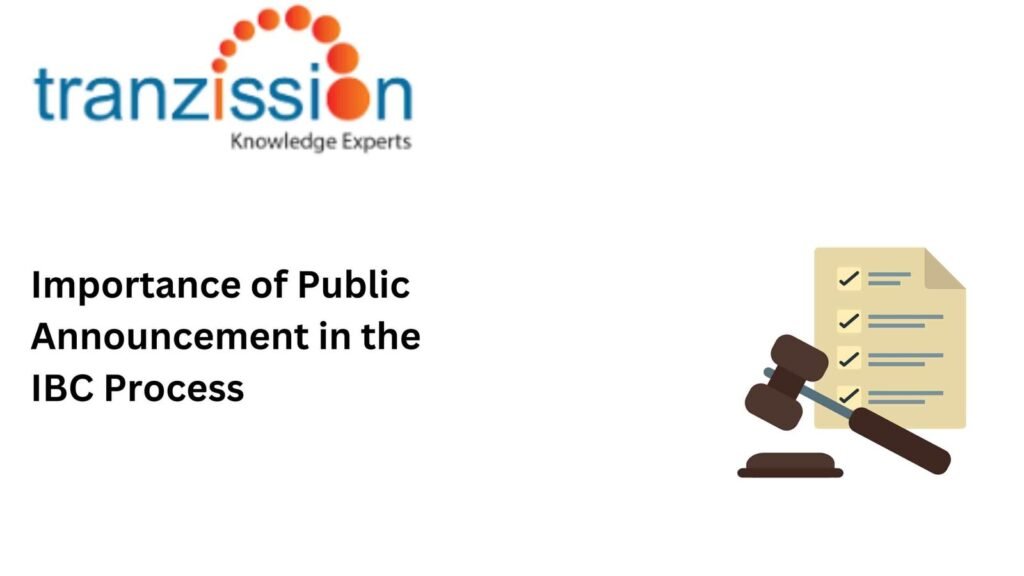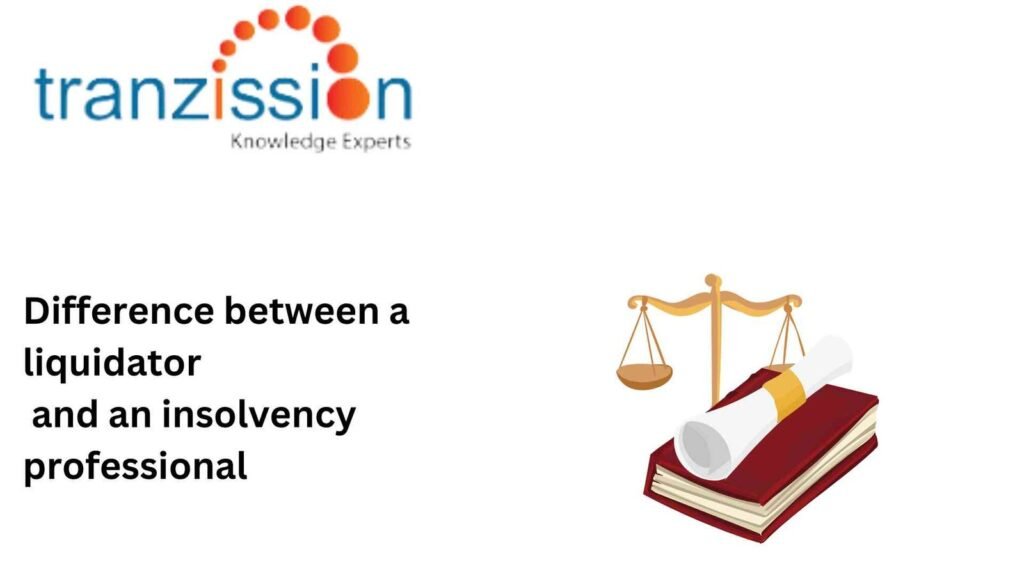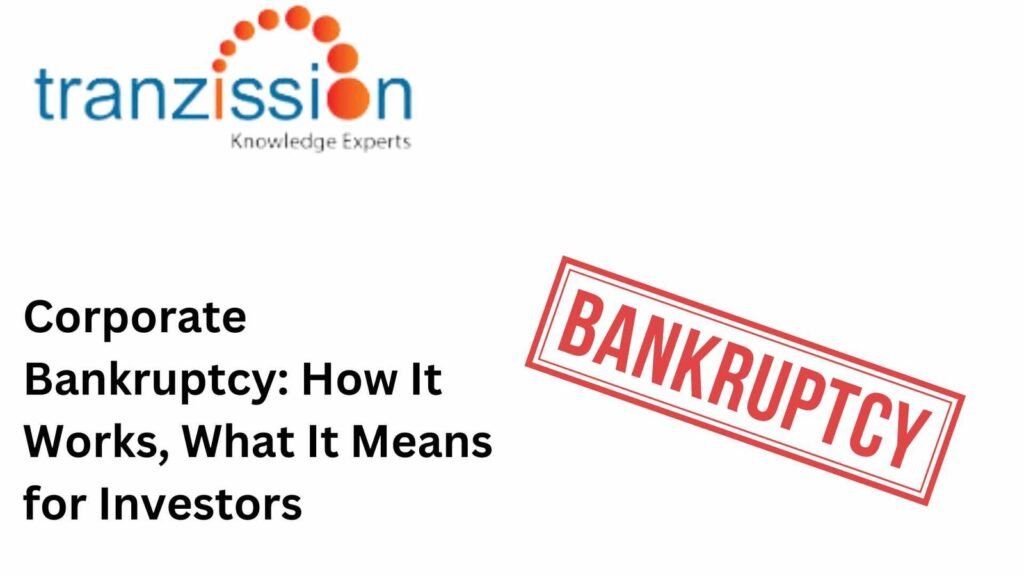Blog
During the resolution process, an essential element is a public announcement. Only after the Public Announcement in the IBC Process of the initiation of the corporate insolvency resolution process and the call for submission of the creditor’s claims, can the moratorium period officially begin. What is a Public Announcement in CIRP? Public notice is a […]
Understanding the insolvency process under the Insolvency and Bankruptcy Code, 2016, it’s crucial to grasp the difference between financial debt and operational debt. The core distinction lies in the nature of the debt, which determines the rights, roles, and responsibilities of the creditors. Financial creditors hold a significant influence, particularly in corporate insolvency resolution and […]
Link between section 230 of the Companies Act and IBC are important legislations that have a bearing on insolvency, restructuring, and other matters. Although the aims of both are different in their scope and processes, they are similar in their end goal, to restructure companies and avoid bankruptcy while balancing the interests of all stakeholders. […]
The Supreme Court’s take on personal insolvency in IBC has brought significant focus on the role of personal guarantors in insolvency law. A personal guarantor, by promising to repay corporate debts, faces substantial liabilities if corporate debtors default, putting their personal assets at risk. This interpretation under IBC highlights potential disadvantages for guarantors and raises […]
The Four Pillars of the Insolvency and Bankruptcy Code, 2016 (IBC), is a legislative framework for corporate debtors’ insolvency, bankruptcy, or liquidation. This framework consists of four pillars that have important roles during the corporate insolvency resolution process (CIRP). In this blog, we will delve into the four pillars of this institutional infrastructure and understand […]
A Liquidator: Powers and Functions under IBC, with reference to section 5(18) of the Insolvency and Bankruptcy Code, 2016 (hereon forward known as “the Code”), is an insolvency professional who is appointed by the court, which in insolvency law, is the National Company Law Tribunal (NCLT) to manage a company’s liquidation process when it is […]
The insolvency process is designed to streamline the insolvency and liquidation proceedings in a time-bound manner. The resolution professional utilise forensic audit to ensure the insolvency or liquidation proceedings are fair and transparency, identifying any transactions by the corporate debtor that may affect the recovery of its creditors. What is a Forensic Audit? A forensic […]
This article Difference between a liquidator and an insolvency professional aims at providing clarity on the distinct roles of a them. Both of these positions are central to guiding a company through their financial difficulties, although the engagement of both in the insolvency process is distinct. While an IP has the main responsibility with supervising […]
Corporate bankruptcy is the process that companies or individuals opt for when they are unable to pay their debts to their creditors on time. It is a difficult time for companies or individuals and creditors, but for investors, it is an opportunity. Potential investors should do their due diligence and thorough research on whether the […]
In 2016, the insolvency law had a major change in the enactment of the Insolvency and Bankruptcy Code, 2016. As per this Code, a new method was available for the creditors to seek resolution of a company by engaging an insolvency professional to take charge of the business operations of the corporate debtor when the […]









